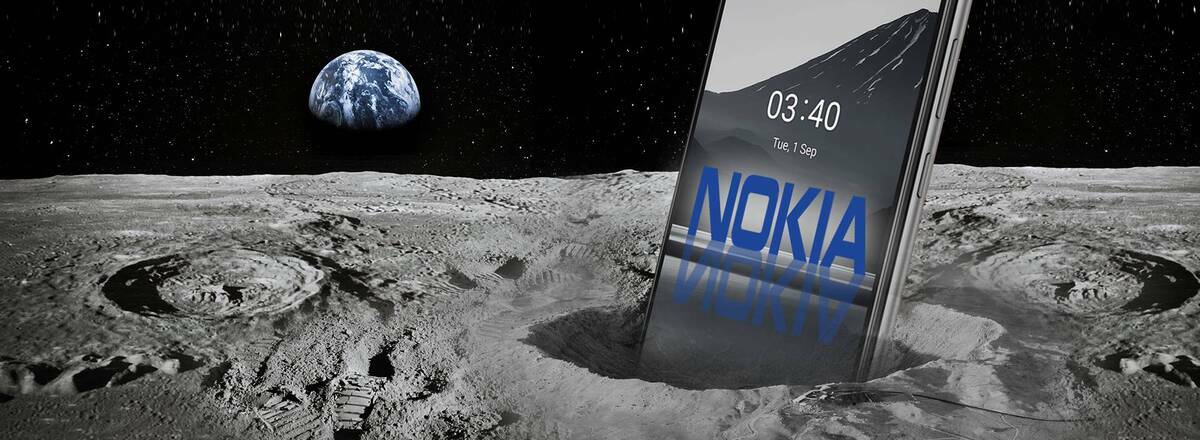In October 2020, NASA representatives signed a $14,1 million contract with Nokia's Bell Labs to develop the first 4G network project on the Moon.
The engineers plan to use mobile coverage on a natural earth satellite instead of radio communications to provide better communication with the first colonizers of the Moon.
Experts supposed that 4G would work better on the Moon than on Earth, as trees, buildings, or other communication sources would not obstruct the signal.
But recently, scientists have reported a severe problem: this project could cause radio frequency interference from mobile coverage that can disrupt telescopes on Earth and in orbit.
In particular, this problem also applies to the new project Lunar Crater Radio Telescope, within which NASA plans to build a huge radio telescope in one of the lunar craters.
Not to mention the satellite problem for SpaceX's Starlink global internet coverage: astronomers predict that the unprecedented number of these satellites in orbit could interfere with space exploration.
Scientists warn that the reflective light from thousands of Starlink satellites, as well as the radio interference it creates, could stop ground-based and orbiting telescopes from working.

